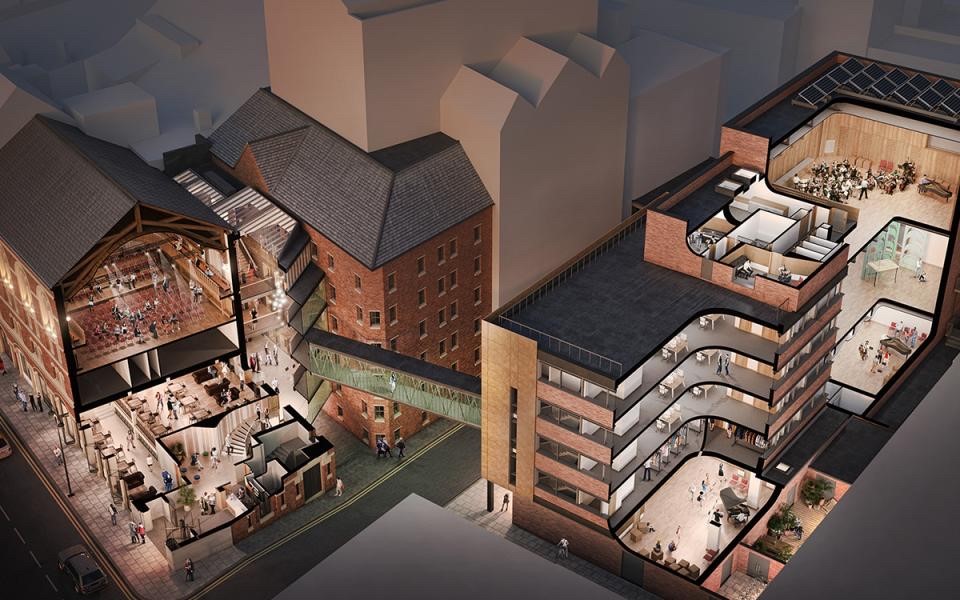retro commissioning
What is retro commissioning?
Retro commissioning is a detailed and systematic process through which the efficiency of an existing building’s equipment and systems is improved.
Any problems that occurred during design or construction can be addressed.
So too can issues that have developed throughout the lifetime of a building as equipment has aged, or as a building’s use has changed or been modified.
The retro commissioning process involves an extensive review of any opportunities to improve energy-using systems.
The ultimate end goal of a successful retro commissioning process, including follow-up steps, is to improve a building’s operation and ongoing maintenance procedures.
The principal aim is to enhance the overall efficiency of a building and the comfort of those who use it.
Why is retro commissioning so important?
Retro commissioning can result in a significant reduction in a building’s running costs for a relatively small investment.
Commercial and public buildings regularly undergo occupancy changes, which may result in a change of use.
Sometimes these can challenge the mechanical, electrical and control systems.
Increasingly, complex buildings are fitted with highly interactive systems with sophisticated controls.
This means that small problems can, over time, have big effects on performance overall.
All buildings can and usually do experience a degradation in system performance over time.
Retro commissioning can benefit everyone.
For example, owners can enjoy energy savings, reduced operating costs, and better equipment performance.
This ultimately means an improved net operating income.
People who use the building are more comfortable because air quality and temperature control are improved.
If it’s a working environment, they are likely to be more productive. It can also help to extend the lifespan of equipment and installations, as well as providing a
viable road map for improvements.
Efficiencies in operation also generally result in a reduced carbon footprint, improving the environmental credentials of the business or organisation that uses the building.
Speak to us about Retro Commissioning
What does a retro commissioning service include?
There are typically four steps in the retro commissioning process.
This will usually begin with an analysis of an existing building, through studying the water and energy efficiency, as well as benchmarking with similar buildings.
It will then prioritise a list of potential capital improvements, from lowest to highest.
Retro commissioning may also address any construction or latent design deficiencies, developing an achievable process to implement energy efficiency and operational improvements.
The final stage of retro commissioning usually involves the documentation of the whole process.
This will usually include findings, as well as improvements to be made.
This can then be applied to any ongoing operator training.
How does retro commissioning differ from day-to-day building maintenance?
The retro commissioning process goes beyond regular day-to-day building maintenance.
It does this by addressing high energy costs and resolving operational issues through assessment of existing mechanical HVAC systems, lighting, service water systems, and automatic controls.
Changes in operational demands, or occupancy, may require reconfiguration of the mechanical HVAC and lighting systems and associated controls.
It takes a holistic view by observing, monitoring, and trending energy and water usage in building systems.
It identifies and addresses potential HVAC operational concerns such as indoor air quality and building pressurisation.
How ECS can help
Have the design criteria or end-use of a current installation altered since the initial testing and commissioning was carried out?
Our engineers can retro commission existing installations to ensure the new design intent is realised.
Retro commissioning is the re-optimisation of an existing building that has already been commissioned, seeking to either improve the efficiency of the existing mechanical installation, or repurpose the current systems to meet the occupants requirements.
We are ambitious in our mission to make sure all buildings are fully compliant and energy efficient.
Contact us to find out more about the retro commissioning and retesting services that we provide, and how to begin the process.

